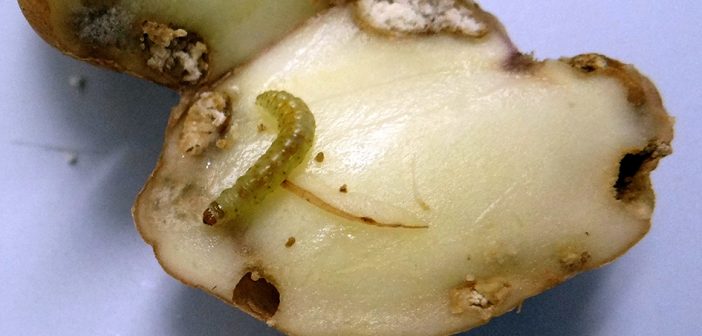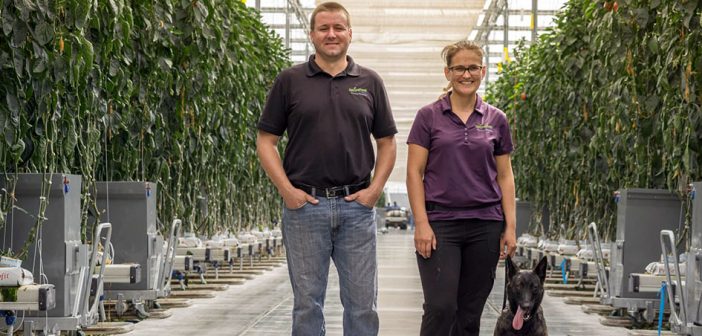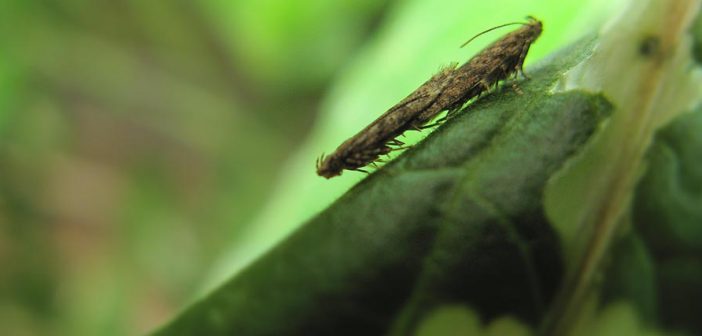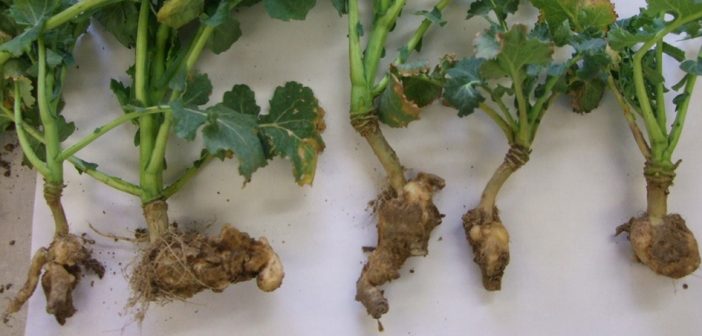Faced with increasing numbers of herbicide-resistant weeds, Canadian farmers on the Prairies are tuning back to mechanical weed control, but rather than hoeing or cultivation, they are looking at clipping weeds to prevent seed formation.
A new project at the University of Saskatchewan is evaluating in-crop weed clipping as a method for weed control, with the objective of developing a strategy to reduce weed seed production: reducing the seed bank in the soil to reduce future infestations.
“The main applications for weed clipping are to lower populations of herbicide-resistant weeds that have escaped herbicide application, and to reduce weed populations in organic systems,” says Lena Syrovy, a research assistant at the Agronomy and Weed Ecology Lab at the University of Saskatchewan. She points out that the weed must be taller than the crop and produce most of its seeds above the crop canopy.
The research team is currently using a CombCut machine from European manufacturer Just Common Sense, but Syrovy added: “I’ve talked to growers who are modifying their swathers to clip weeds above the crop canopy.” Canadian manufacturer Bourgault has also recently launched its BTT weed clipper.

Photo Caption: Combcut machine in operation
Photo Credit: YouTube / Just Common Sense AB
The post Mechanical weed control shows promise in Canada appeared first on Hort News on 26 April 2018.








